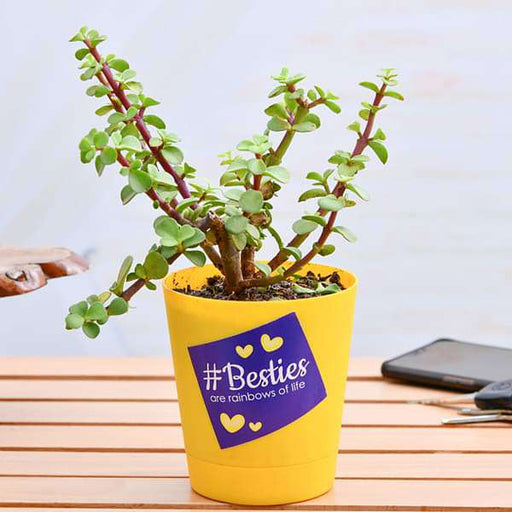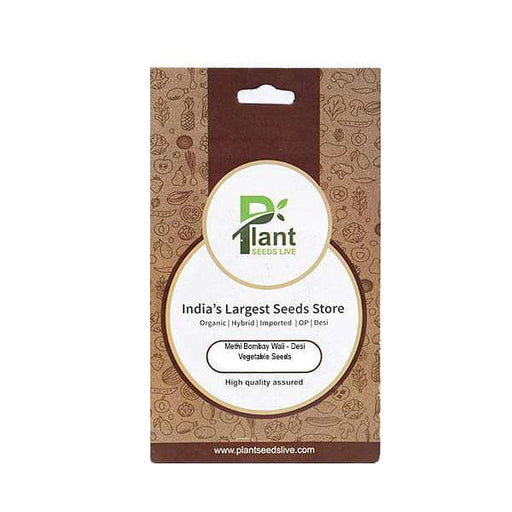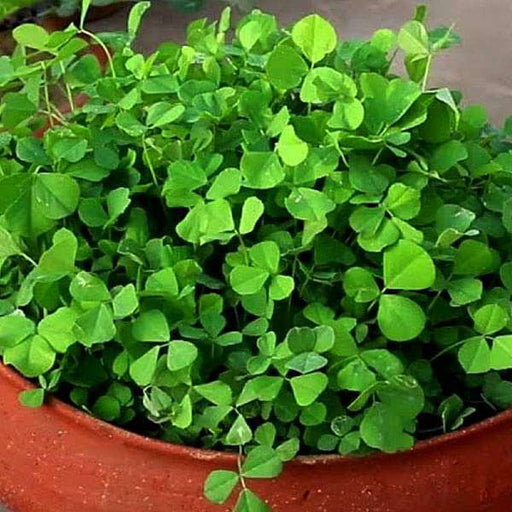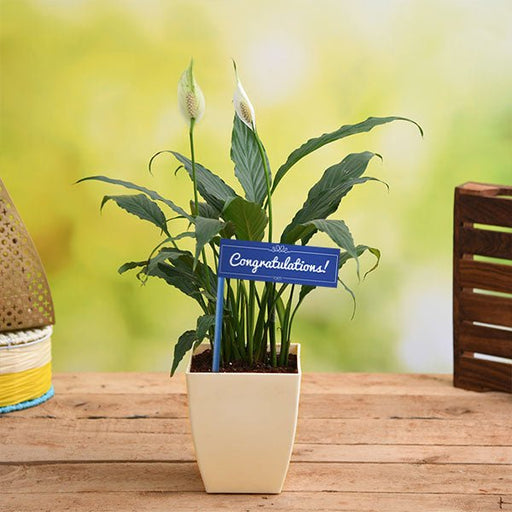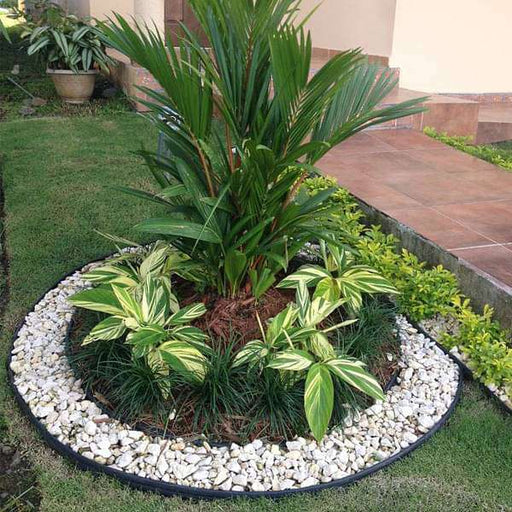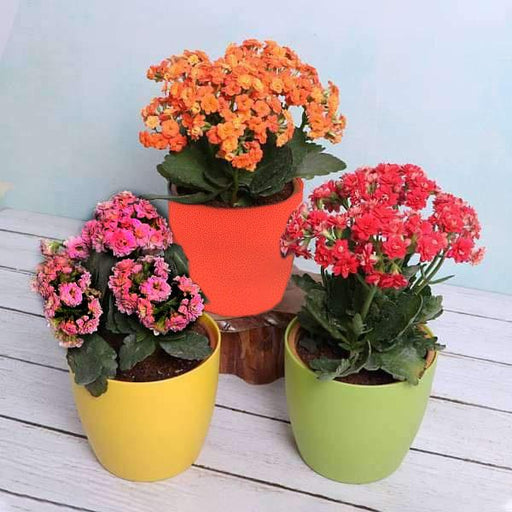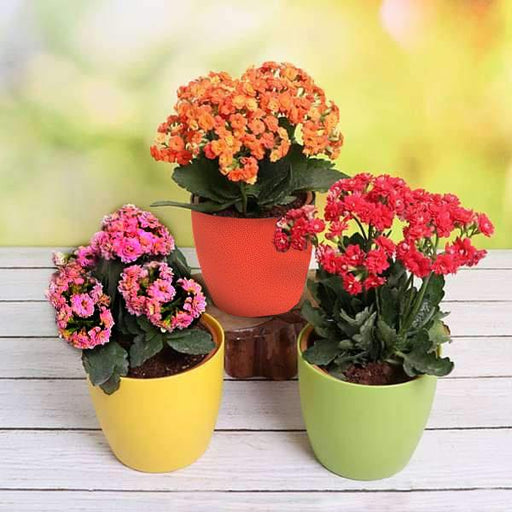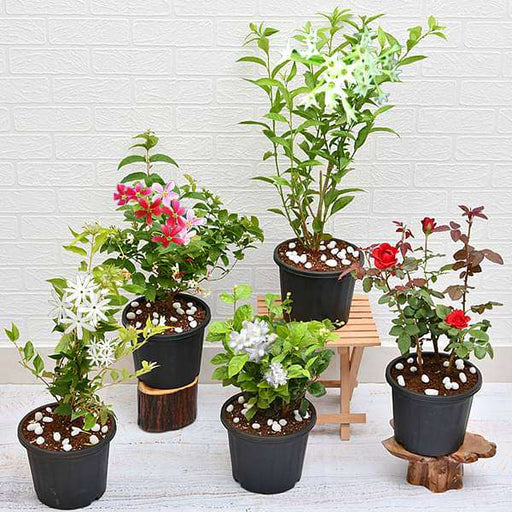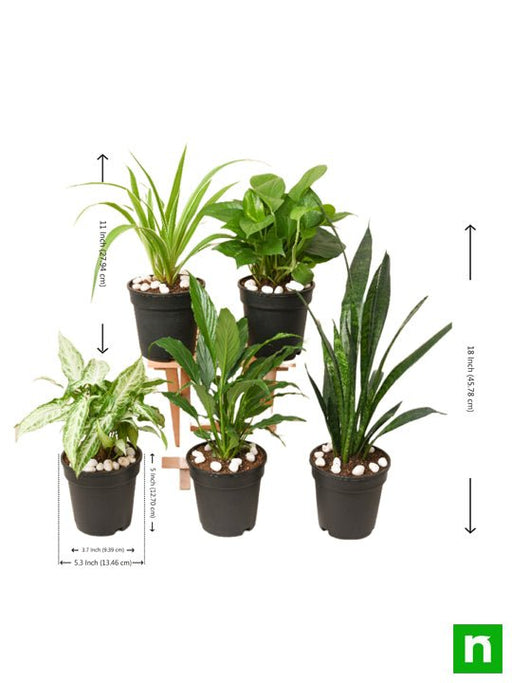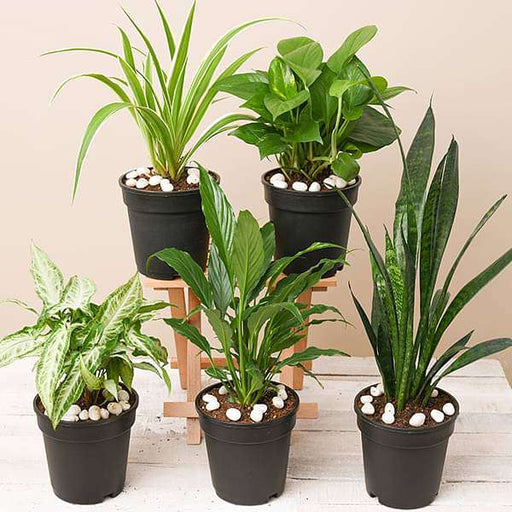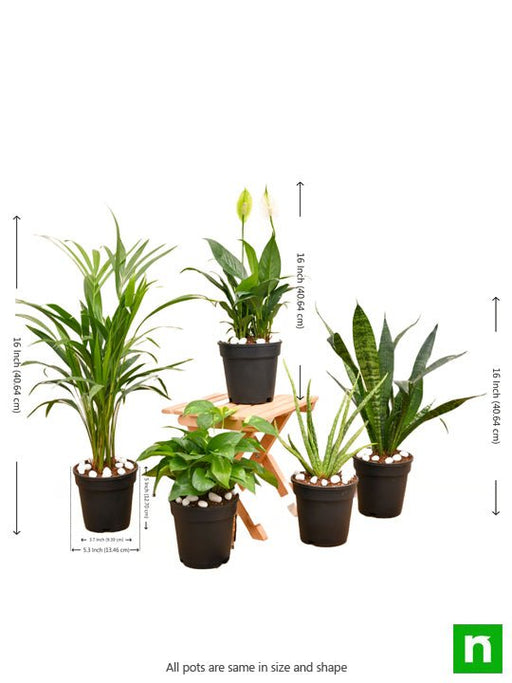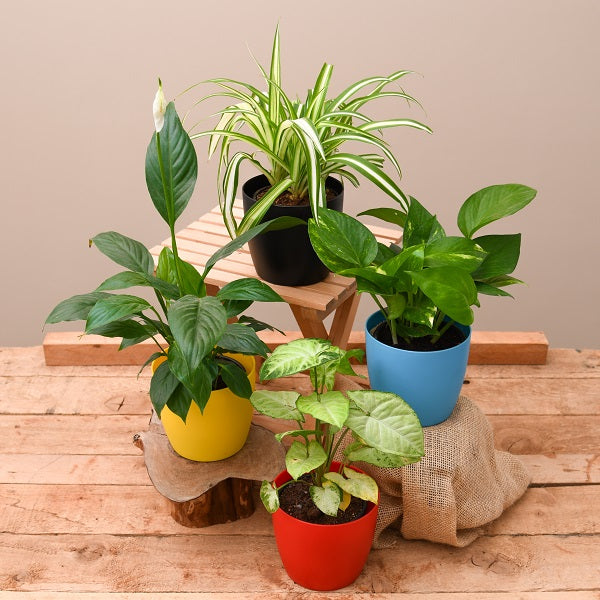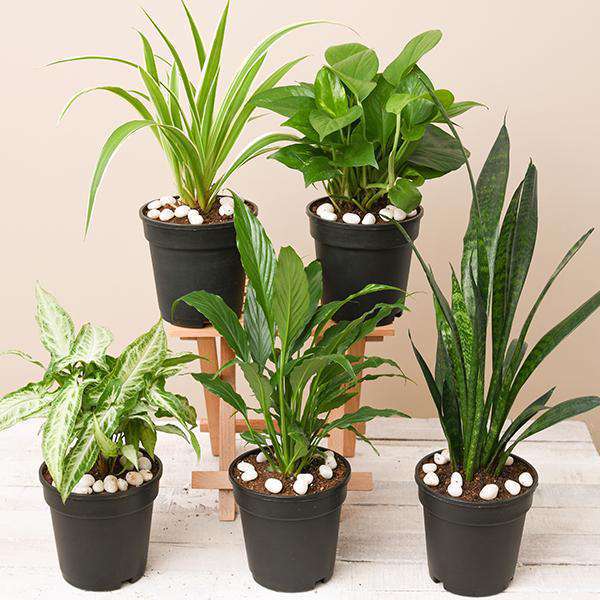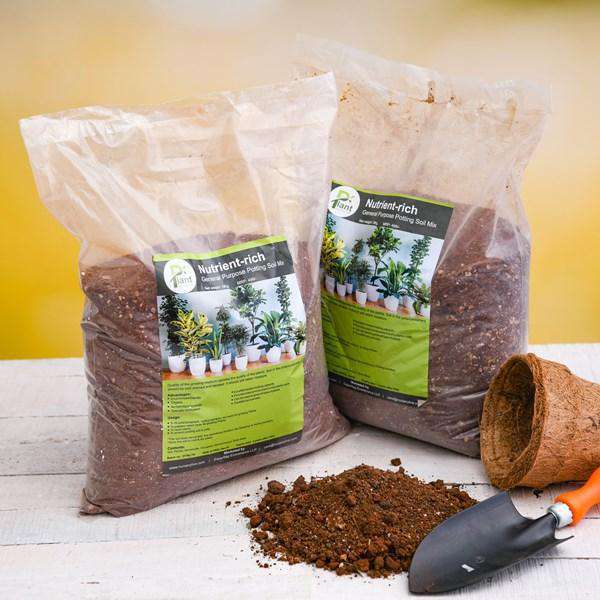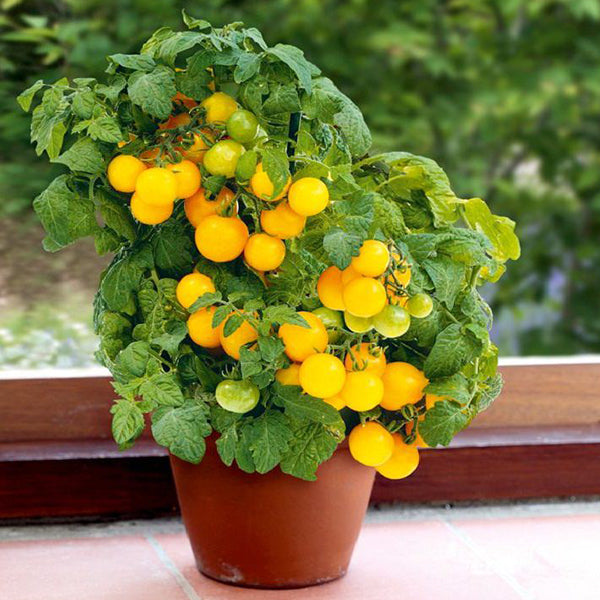The perennial flowering plant described in Ayurveda for the treatment of wounds, arthritis, cough, asthma.
The Valeriana officinalis is a plant of the Valerianaceae family and Valeriana genus, perennial tall herbs, up to 1 to 1.5m, Rhizome rough head, fibrous roots, aroma. Stem hollow, coarse vertical edge, was long shag. Creeping branches, basal leaves, and basal leaves often wilt during flowering.
Stem leaves opposite, ovate to broadly ovate, 2 to 9 pairs pinnately divided; central lobe and lobes on both sides of the same shape. Inflorescence terminal, into the umbrella properties too three parachutes panicles; bracts feather. bracteoles strip.Flowering from May to July, fruiting from June to October. It is also used as a general tonic. The British Herbal Pharmacopeia, describe it as a sedative, hypnotic, carminative and hypotensive and indicated its use in sleeplessness, headaches, migraine, joint pain, rheumatic pain, cramps. Valerian is a folk medicine used in Europe, for nervous disorders, and as a sleep aid.
*above specification are indicative only. actual dimensions may vary by +-10%


